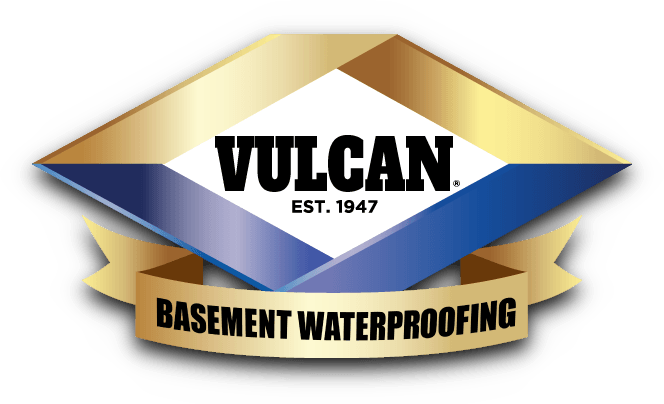Since basements are below ground level, they are affected by what are called atmospheric conditions. These atmospheric conditions persist because of the basement proximity below ground level.
Normally you can tell if you have a damp basement, should water vapor or water pellets appear on the exposed face of your floors or walls. However, it is not unusual that a basement is damp but shows no signs of visible liquid water leakage. That’s why when a homeowner complains about dampness or moisture in their basement, it is directly related to humidity problems.
Basement dampness can cause mold growth which can be unhealthy and even toxic.
Solution: Make sure that you have proper ventilation throughout the basement. One of the ways is by installing a window fan that exhausts the damp basement air to the outdoors.
Solution: Check water pipes for condensation (caused by warm air flowing over cold pipes) as a precaution, or to prevent extra moisture after the basement is finished by wrapping any exposed overhead water pipes with insulating material or tape.
Solution: In the more severe cases, install an air purifier which helps to cleanse the dank air overhead.
The Best Solution: Install a good basement ventilation system which draws damp and stale air down and out of the home at the right level and vents it outside. It then replenishes the damp contaminated air with fresh dry air creating a complete air exchange many times each day. Read more about a system which provides the healthiest and best possible basement ventilation.
Contact us for a free home inspection by a Vulcan Basement Waterproofing specialist.

